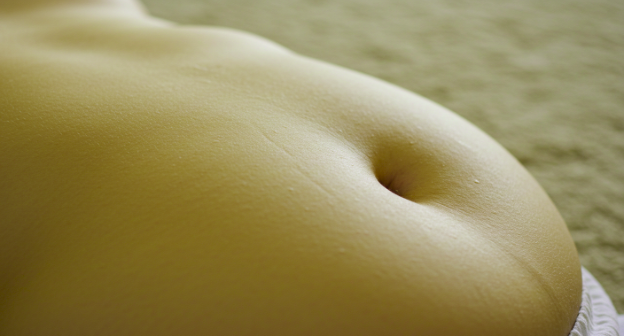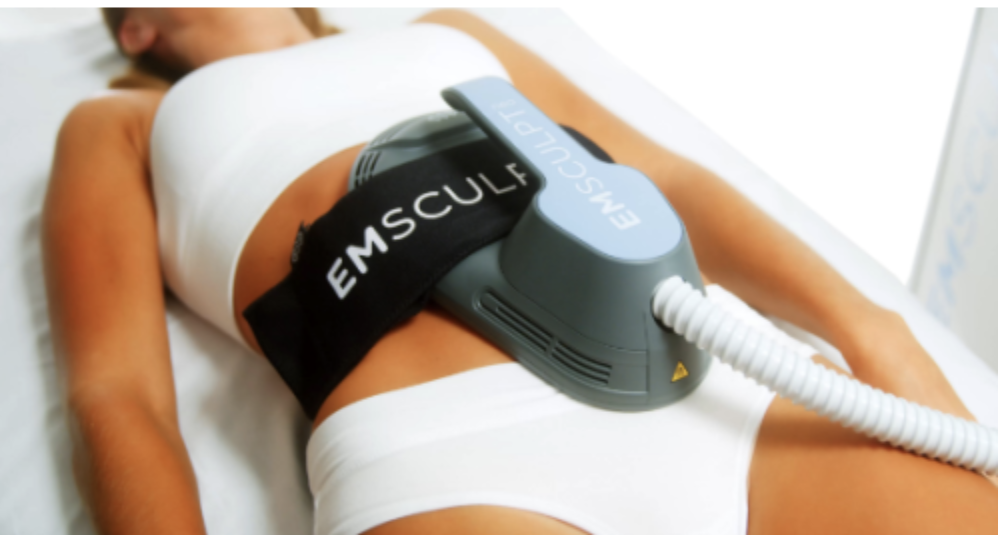When rejuvenating your skin and achieving a more youthful appearance, dermal fillers have become a popular choice for many. These non-invasive treatments offer impressive results with minimal downtime. However, if you’re considering dermal fillers, it’s essential to understand the injection process to ensure you’re fully informed about what to expect during your treatment. This comprehensive guide’ll walk you through everything you need about dermal filler injections.
What Are Dermal Fillers?
Definition and Purpose
Dermal fillers, or soft tissue fillers, are gel-like substances injected beneath the skin to add volume, smooth wrinkles, and restore youthful contours. They are commonly used to address signs of aging, such as fine lines, wrinkles, and sagging skin.
Different Types of Dermal Fillers
There are various dermal fillers, each with unique properties and applications. The most common types include:
- Hyaluronic Acid Fillers: These fillers use a naturally occurring substance to hydrate and plump the skin.
- Collagen-Stimulating Fillers: They encourage the body to produce more collagen, which provides long-lasting results.
- Calcium Hydroxylapatite Fillers: These fillers are effective in deeper lines and wrinkles.
- Poly-L-Lactic Acid Fillers stimulate collagen production and are often used for a more gradual, natural-looking enhancement.
Common Treatment Areas
Dermal fillers can be used in various areas of the face, including:
- Nasolabial Folds: The lines that run from the nose to the corners of the mouth.
- Marionette Lines: Lines that extend from the corners of the mouth to the chin.
- Lips: For lip augmentation and definition.
- Cheeks: To restore volume and lift sagging skin.
- Under-Eye Hollows: To reduce the appearance of under-eye bags and dark circles.
Preparing for Dermal Filler Treatment
Consultation with a Professional
Before undergoing dermal filler treatment, scheduling a consultation with a qualified and experienced provider is crucial. You can discuss your goals, medical history, and any concerns during this consultation. Your provider will assess your skin and create a customized treatment plan based on your needs.
Understanding the Treatment Plan
Your treatment plan will outline the filler type, the treatment areas, and the expected results. It’s essential to clearly understand what to expect from the procedure, including the potential risks and benefits.
Pre-Treatment Guidelines
Your provider will provide you with specific pre-treatment instructions, which may include:
- Avoiding blood-thinning medications and supplements.
- Not consuming alcohol for a few days before the procedure.
- Arriving with a clean face, free of makeup and lotions.
The Dermal Filler Injection Process
Step-by-Step Breakdown
The dermal filler injection process typically involves the following steps:
1. Cleansing and Numbing: To prevent infection, the treatment area is cleaned thoroughly. A topical numbing cream or local anesthetic may be applied to minimize discomfort.
2. Marking the Injection Sites: Your provider will mark the precise locations for the injections, ensuring accuracy and symmetry.
3. The Injection Process Itself: The dermal filler is injected into the predetermined areas using a fine needle or cannula. Your provider will use a gentle, precise technique to achieve natural-looking results.
Pain Management and Discomfort
Thanks to the numbing agents, many patients report minimal discomfort during the procedure. After the treatment, some swelling, redness, or bruising may occur, but these side effects are typically mild and temporary.
Duration of the Procedure
The duration of the dermal filler injection process can vary depending on the number of treatment areas and the type of filler used. In general, most sessions take about 30 minutes to an hour.
Types of Dermal Fillers
Hyaluronic Acid Fillers
Hyaluronic acid fillers are popular due to their natural compatibility with the body. They are commonly used for lip augmentation, wrinkle reduction, and facial contouring.
Collagen-Stimulating Fillers
These fillers stimulate collagen production, resulting in gradual and long-lasting improvements. They are often used for deep lines and facial volume restoration.
Calcium Hydroxylapatite Fillers
Calcium hydroxylapatite fillers provide immediate volume and stimulate collagen production, making them suitable for deeper wrinkles and facial rejuvenation.
Poly-L-Lactic Acid Fillers
Polylactic acid fillers gradually stimulate collagen production, producing natural-looking results over time. They are often used for facial rejuvenation and contouring.
Overview of Each Type’s Application
Choosing the right type of dermal filler depends on your specific goals and the areas you wish to address. Your provider will guide you in selecting the most appropriate filler for your needs.
Aftercare and Recovery
Post-Treatment Guidelines
After your dermal filler treatment, your provider will give you specific post-treatment instructions, which may include:
- Avoid strenuous exercise for a day or two.
- Applying cold compresses to reduce swelling.
- Staying hydrated to support the healing process.
Potential Side Effects
While dermal filler treatments are generally safe, some common side effects may occur, including:
- Temporary swelling and redness.
- Bruising at the injection sites.
- Mild discomfort or tenderness.
Expected Results and Duration
The results of dermal filler treatments are typically immediate, and you’ll notice improvements in the treated areas immediately. Depending on the type of filler used and individual factors, results can last anywhere from six months to two years.
FAQs about Dermal Fillers
Answering Common Patient Questions
-
Are dermal fillers safe?
When administered by a trained and qualified provider, dermal fillers are considered safe.
-
Is there downtime after dermal filler treatment?
Minimal downtime is involved, with most patients returning to their daily activities shortly after treatment.
-
Can dermal fillers be reversed if I’m not happy with the results?
In some cases, hyaluronic acid fillers can be partially reversed using an enzyme called hyaluronidase.
Addressing Concerns and Misconceptions
It’s natural to have questions and concerns about dermal filler treatments. Open communication with your provider ensures a positive experience and outcome.
Choosing the Right Provider
Importance of Qualified Professionals
Selecting a qualified and experienced provider is crucial for a safe and successful dermal filler treatment. Look for a licensed medical practitioner or certified injector with a track record of delivering natural-looking results.
Researching and Selecting a Trusted Med Spa
Do your research before choosing a med spa for your dermal filler treatment. Read reviews, ask for recommendations, and verify the providers’ credentials. A reputable med spa will prioritize your safety and satisfaction.
Conclusion
In conclusion, understanding the dermal filler injection process is essential for anyone considering these treatments. Dermal fillers offer a non-invasive solution to achieve a more youthful and refreshed appearance, but it’s crucial to consult with a qualified provider and have realistic expectations. By following pre and post-treatment guidelines and choosing the right professional, you can confidently enjoy the benefits of dermal fillers. If you’re interested in dermal filler treatments or have any questions, don’t hesitate to contact Lily Med Spa for a consultation. Our experienced team is here to guide you on your journey to beautiful, youthful-looking skin. Feel free to share this informative post with friends and family who may also be interested in dermal fillers.





